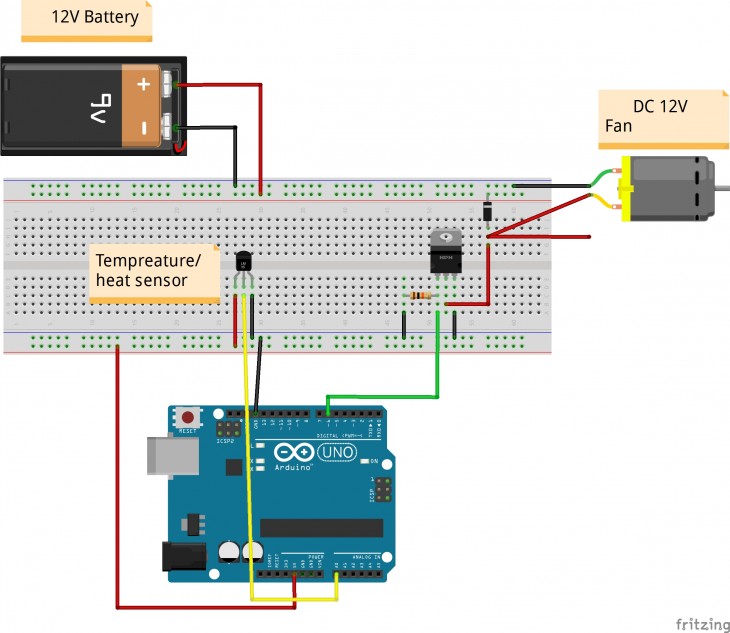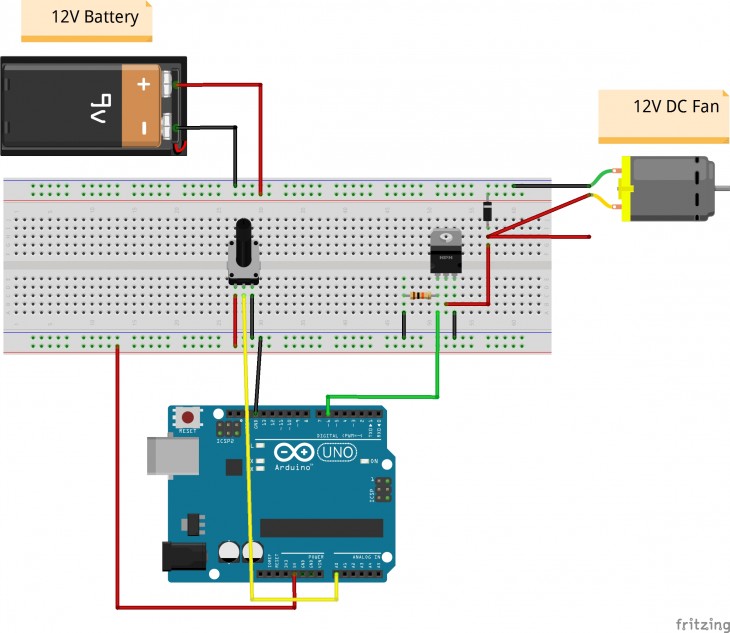Physical computing – Arduino
Introduction:
Arduino and Processing – Physical computing is an approach to learning how humans communicate through computers, that starts by considering how humans express themselves physically. We will be building active and interactive physical systems by the use of software and hardware that can sense and respond to the analog world. Good physical interaction should be understandable, enjoyable, useful and meaningful to everyone in general.
In order to understand this subject more, we had to take support of our studio class projects. The concepts adopted from them had to be incorporated using arduino. Thus, we used the temperature sensor initially to perform this test. However, due to unavoidable factors i.e micro-climatic conditions, we did not get desired results. Later, we tried mechanically using the potentiometer to check for the settings and to get a desired result which worked well but was induced. In order to overcome this, we used a heat sensor which showed spontaneous results as expected. The variation was seen using a bulb which generated heat and the readings were taken.
Arduino – using temperature/ heat sensor (fritzing diagram):

Arduino – using potentiometer (fritzing diagram):

Video links:
Using temperature sensor:
Using heat sensor:
Using potentiometer:
Conclusion:
With the help of heat sensors, we could use that code for the final studio project
Physical computing – Arduino is a project of IaaC, Institute for Advanced Architecture of Catalonia developed at Master of Advanced Architecture in 2015/16 by:
Students:
- Dhairya Thakkar
- James Nurtanio Njo
Faculty:
- Ramin Shambayati
- Carmen Aguilar y Wedge